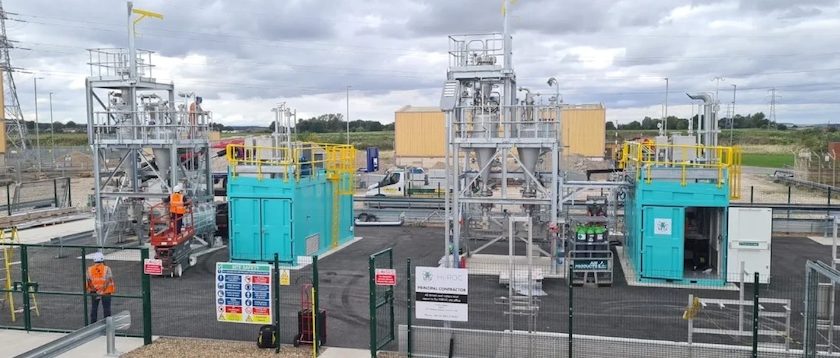Two European cement giants – Holcim and Lafarge – mended their merger plans after it faltered when Holcim’s board of directors “concluded that the combination agreement can no longer be pursued in its present form.” The move was made under pressure from the company’s shareholders as Lafarge’s earnings outlook dimmed.
What was initially agreed as a one-for-one share deal when it was announced last April will now be adjusted in favor of Holcim, after the Swiss company outperformed its French rival financially this past year and saw the relative value of its shares enhanced by the strengthening of the Swiss franc.
Under the new arrangement, Holcim shareholders will now put in nine shares for every 10 shares of Lafarge, the companies said in a joint statement. They also agreed that shareholders would get a post-closing dividend of one share in the new company for every 20 shares they own.
In addition, Bruno Lafont, chief executive of Lafarge, is now set to become co-chairman of the combined group rather than its new head. He will share the chairman role with Wolfgang Reitzle, Holcim chairman. Reitzle stated that they would “work closely together to ensure that the value creation potential of this merger will be realized for the benefits of all shareholders.”
As the two companies have worked on integration matters, Holcim’s senior management had grown concerned in recent months over Lafont’s ability to meld two distinct business cultures as well as deliver on the 1.4 billion euros in annual cost savings promised by the two companies.
Holcim will put the merger before its shareholders at a meeting in May. Lafarge will not hold a shareholder’s meeting but said that the merger would move forward if two-thirds of its shareholders exchanged their Lafarge shares for shares in the merged company.
“Certain key shareholders of both companies have confirmed their support for the revised merger terms,” the companies said in the statement. “The parties expect the transaction to close in July 2015.”
The merger still requires regulatory approval in countries including the United States. Once approved, the combined entity will be the world’s largest cement and construction materials company.


